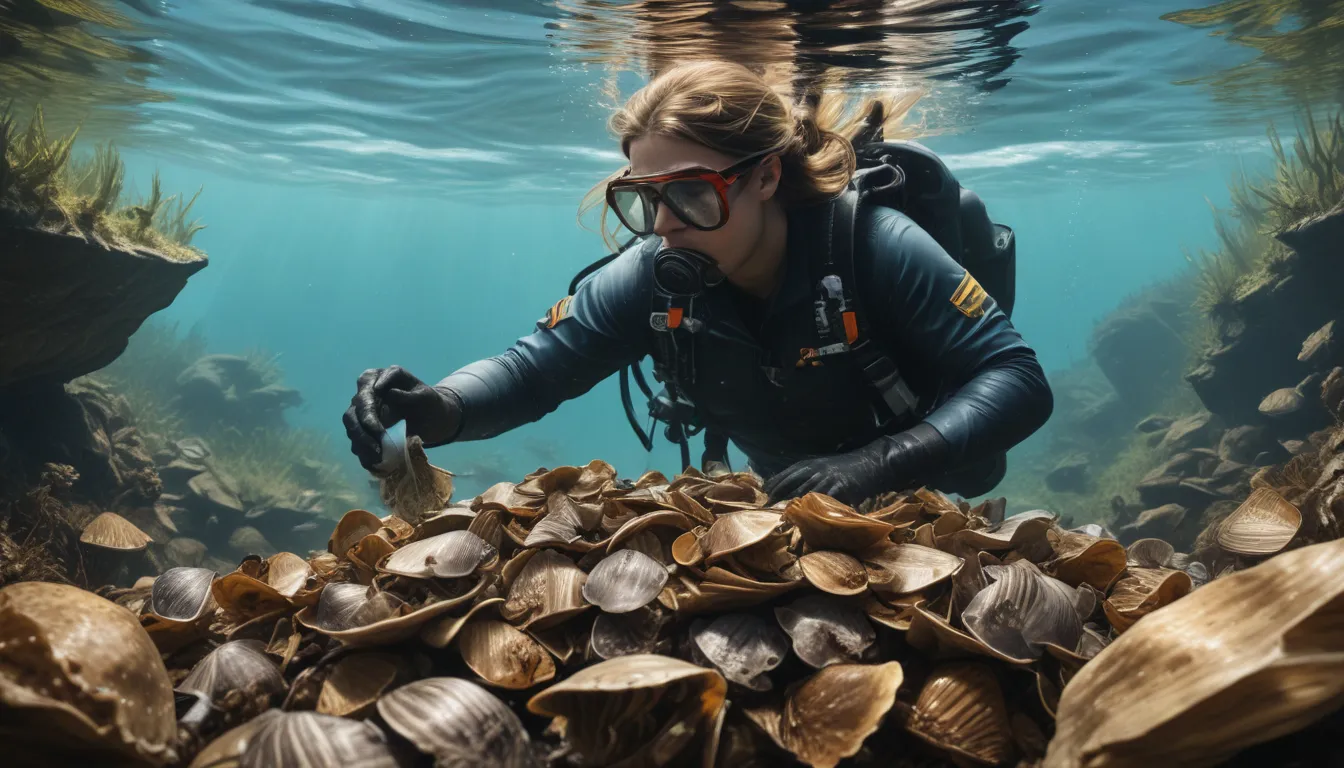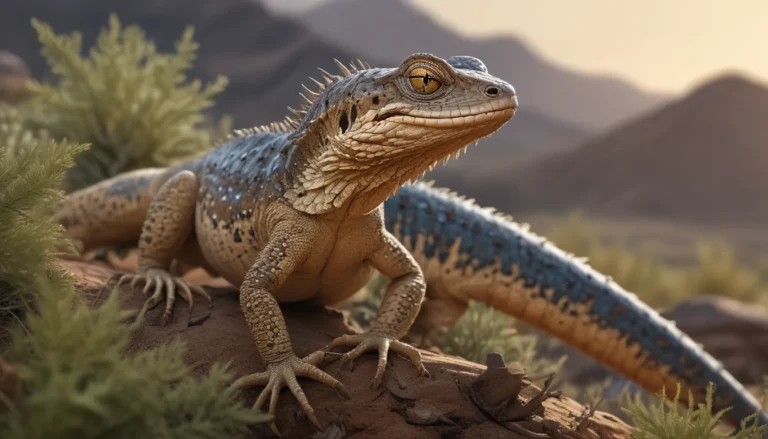The pictures we use in our articles might not show exactly what the words say. We choose these pictures to make you interested in reading more. The pictures work together with the words but don’t take their place. The words still tell you the important facts.
Zebra mussels, scientifically known as Dreissena polymorpha, have been making waves in freshwater habitats across the globe. These small striped mollusks, originally native to Eastern Europe, have now infiltrated water bodies in North America, Europe, and Asia, causing significant ecological and economic impacts. In this article, we will delve into 15 intriguing facts about zebra mussels, exploring their characteristics, effects on ecosystems, and the ongoing efforts to control their spread. Join us on this educational journey as we uncover the fascinating world of these invasive filter feeders and the importance of safeguarding our native aquatic ecosystems from their clutches.
Unveiling the World of Zebra Mussels
- Zebra Mussels are Invasive Species: These small, striped mollusks have crossed oceans to establish themselves in new territories, disrupting native ecosystems along the way.
An Invasion Unfolds
- Arrival in the Great Lakes: Zebra mussels first appeared in the Great Lakes in the 1980s, hitching a ride in the ballast water of ships and swiftly multiplying to become a major ecological concern.
Life and Times of Zebra Mussels
-
Filter Feeders: Zebra mussels possess a unique talent for filtering large volumes of water, straining out microscopic organisms for sustenance, affecting the ecosystem in various ways.
-
Rapid Reproduction: A single female zebra mussel can produce up to one million eggs in a spawning season, fueling their conquest of new habitats.
-
Versatile Attachments: These mussels can attach themselves to rocks, docks, pipes, and even boats with their strong byssal threads, firmly anchoring in place.
Impact on Ecosystems and Economies
-
Economic Damage: Zebra mussels wreak havoc on water intake pipes and infrastructure, leading to increased maintenance costs for power plants, water treatment facilities, and recreational areas.
-
Disrupted Ecosystems: By filtering out plankton, zebra mussels upset the delicate food chain and adversely affect native species reliant on plankton for survival.
Survival Strategies of Zebra Mussels
-
Natural Predators: With few foes in North America, zebra mussels have thrived and outcompeted native species, establishing dominance.
-
Longevity: These mussels boast a lifespan of up to five years on average, with some individuals surviving over a decade in the wild.
-
Temperature Tolerance: From icy waters to toasty temperatures, zebra mussels adapt and reproduce across a wide range of climates.
Unveiling the Dark Side
-
Beachgoer Beware: Sharp zebra mussel shells can accumulate on shorelines, posing a hazard to unwary walkers and swimmers.
-
Fishing Industry Impact: Competition with native species reduces food availability for fish populations, impacting the fishing industry.
Unraveling the Mysteries
-
Altered Water Clarity: By filtering particles from the water, zebra mussels enhance water clarity, but this can lead to excessive growth of harmful algae.
-
Boat Woes: Their sharp shells latch onto boat hulls, engines, and propellers, causing drag, reduced fuel efficiency, and potential damage.
-
Native Mussel Troubles: Zebra mussels outcompete and attach to native mussels, hindering their feeding and reproductive capabilities, resulting in a decline in native mussel populations.
Conclusion: A Call to Action
In conclusion, zebra mussels pose a significant threat to ecosystems in North America, with their invasive nature and detrimental impacts on native species and infrastructure. Understanding their biology and ecological effects is crucial in devising effective management strategies to mitigate their harm.
FAQs
-
What are zebra mussels?: Zebra mussels are small freshwater mollusks with distinctive striped shells, originating from the Caspian Sea region.
-
How did zebra mussels reach North America?: Zebra mussels arrived in North America in the 1980s through ballast water from ships, rapidly spreading across the continent.
-
What ecological impacts do zebra mussels have?: Zebra mussels threaten native species and ecosystems by outcompeting for resources and disrupting natural balances.
-
Can zebra mussels harm infrastructure?: Yes, they can attach to structures like pipes and boats, causing clogs and damage.
-
Can zebra mussels be controlled?: While complete eradication is challenging, various methods are used to manage zebra mussel populations, emphasizing prevention and early detection.
Your Trusted Source of Knowledge
Our dedication to providing accurate and engaging content stems from contributions by real users like you. Each fact is carefully reviewed by our editors to ensure credibility and authenticity. Explore and learn with us, trusting in our commitment to quality information and diverse insights. Join the mission to preserve our ecosystems and protect them from the invasion of zebra mussels.






